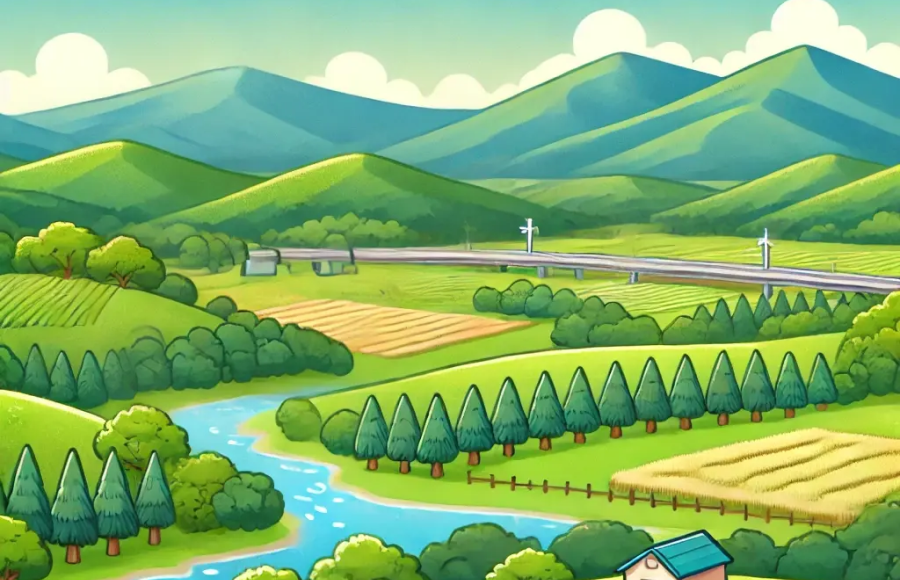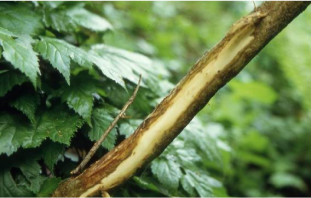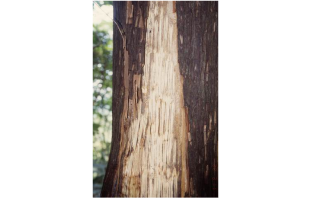

What’s Fleld Sign ?
Traces of wildlife in the field are called field signs. Here are a few mammalian ones.
Click on the bug-eye!
Excrement
We use other crews such as size, shape, amount, odor, texture, location where we find them, and footprints to comprehensively determine the owner of the droppings. Sometimes we estimate habitat use and population size from the distribution and number of places where droppings were found. In addition to what they eat, examination of the droppings themselves may reveal other information such as sex hormone levels, reproductive status, and, if nuclear DNA can be extracted, sex and kinship.
Other
Field signs are evidence of wildlife life, such as animal trails, antelope and other antler sharpening marks, urine on snow, bear strippings, sleeping and digging marks, and old squirrel nests abandoned when new buildings were constructed. Field signs are also good for developing the sensitivity to find them in the field and the imagination to come up with what can be learned from them.
Bite mark
Deer, antelope, hare and hare tracks on branches, pine nut debris and walnut shells dropped by squirrels, etc. are also important information. They can provide clues not only to what they are eating, but also, in some cases, to the increase or decrease in the number of animals. The diameter of the branch tracks can also be used to estimate the amount of food eaten.
Footprints
Where snow tracking is possible, footprints give us valuable data. Footprints can also be found on mud and sand, and we have seen tracks where muddy feet have walked on concrete. In an unusual place, I once saw the footprints of a raccoon walking with wet feet on asphalt, but they disappeared after a few minutes. It is fun to imagine whether the owner was running or walking, which direction he went, and if they overlapped, which one went first.
Odor
It is a maniacal field sign. I have witnessed marten running up trees when I looked up when I smelled them, and I have set up an automatic camera device where I smelled them and was able to get a picture a few days later. What is the scent of marten? It's hard to explain, but it's like “skunk fart diluted 10,000 times” (or maybe it's too much to understand). Deer and wild boar sometimes smell like sour sweat in a Nuta-yu. The nose is also useful in finding dead bodies.
Sound
Although we do not hear mammals as often as we do birds, the sound of a male deer in mating season provides us with data such as the approximate number of adult males as well as their scent. Squirrels eat walnuts in the trees, raccoons walk in the bushes, and if you listen carefully, the outdoors is filled with the sounds of living creatures.
Fur
Sometimes they are caught on barbed wire or branches, and sometimes they fall in droves during molting season or when males are fighting, such as deer. Microscopic examination will reveal the species of the fallen animals. Of course, they can also be used for DNA collection, making them valuable “lost and found” for researchers. In North America, when they collect lynx fur, they use matatavi to make the lynx slither around on a brush-like object. It's kind of cute.

What is nuclear DNA?
It is deoxyribonucleic acid localized to the chromosomes of the cell nucleus. In contrast, mitochondrial DNA is unique DNA, distinct from nuclear DNA, and inherited only in the maternal lineage.
What is Nuta-yu?
A place where deer and wild boars bathe in mud. It can drop ectoparasites.
Antelope antler sharpening marks:
Photo courtesy of Atsushi Takayanagi

Bear pare:
Photo courtesy of Atsushi Takayanagi



